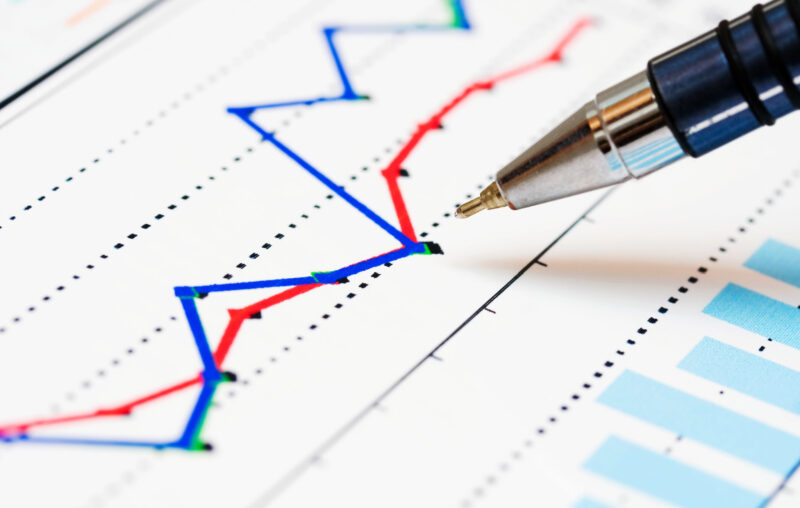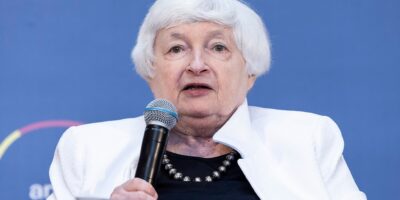AIER’s Everyday Price Index Edges Up in June 2023

The AIER Everyday Price Index (EPI) rose 0.04 percent in June 2023, bringing the index to 284.2 after a marginal decline in May. The index is now slightly less than 1 percent lower than its level one year ago in June 2022.
Within the EPI the largest price gains from May 2023 to June 2023 were housing fuels and utilities, motor fuel, and food away from home. The largest declines in price over that same period were seen in pet products, food at home, and gardening/lawncare services.
On July 12th, the US Bureau of Labor Statistics (BLS) released the June 2023 Consumer Price Index (CPI). The headline CPI showed a month-over-month increase of 0.2 percent, while the core CPI (ex food and energy) also showed an 0.2 percent increase. Expectations for both had been 0.3 percent. The largest contributors to the headline CPI were shelter (over 70 percent of the increase)and food away from home. The core CPI saw its largest increases in shelter, motor vehicle insurance, and personal care, with airline fares, used cars and trucks, and household furnishings among the largest decliners.
May 2023 US CPI headline & core, month-over-month (2013 – present)
(Source: Bloomberg Finance, LP)
Additionally, between June 2022 and June 2023 headline CPI rose by 3 percent, which was slightly lower than expectations of a 3.1 percent increase. Year-over-year core CPI was also lower than expectations, beating predictions of a 5 percent change with a 4.8 percent change.
May 2023 US CPI headline & core, year-over-year (2013 – present)
(Source: Bloomberg Finance, LP)
The 3 percent year-over-year rise in headline CPI was the smallest in more than two years. The combination of Fed rate hikes and easing demand is clearly having the intended disinflationary effect on the general price level as measured by the various CPIs; but as the Everyday Price Index shows, prices in certain categories of goods and services continue to run above the Fed’s targets.
The Fed has recently signaled that additional hikes in the policy rate are likely, in particular at the upcoming July meeting. But while broader economic data has been mixed for the past six to eight months, recent indications point more decidedly toward the beginning of an economic slowdown. Unemployment numbers, which have been rising at the state level for several months, are beginning to show weakness in Federal data as both factory orders and manufacturing data are starting to weaken.
Yet at the end of June, the third revision of 1st Quarter US GDP was revised upward from 1.3 percent to 2 percent. As much of that increase was attributed to consumer spending (which rose the most that it had in two years), both the dissipation of pandemic savings and the resumption of student loan payments in September and October 2023 are likely to be key factors in economic growth and thus monetary policy over the remainder of the year. The Fed funds target range will most likely be lifted to 5.25 to 5.50 percent by the end of June. The balance between the progress of contracting US economic growth and both the pace and breadth of disinflation will be the major calculus in upcoming interest rate decisions.







